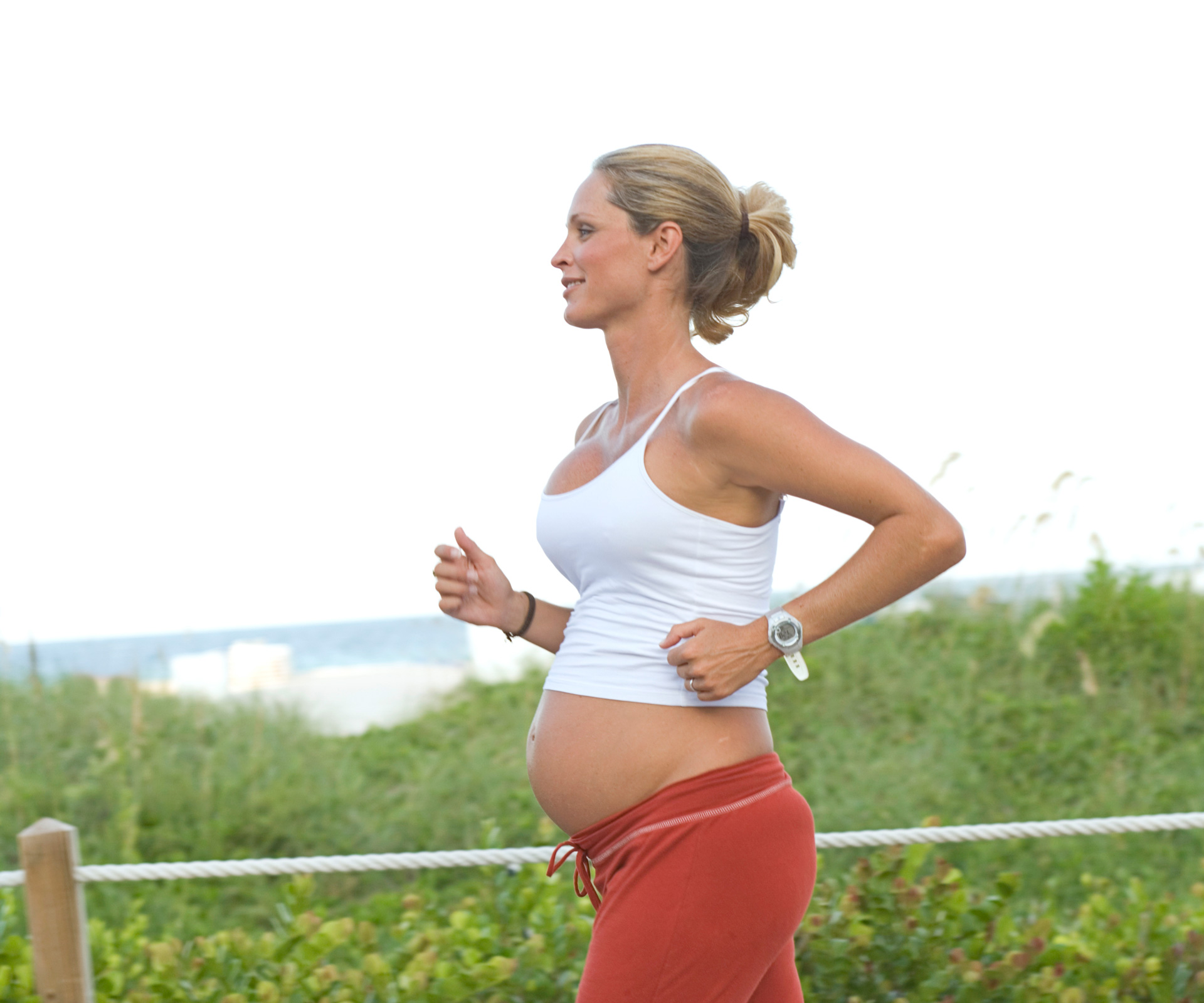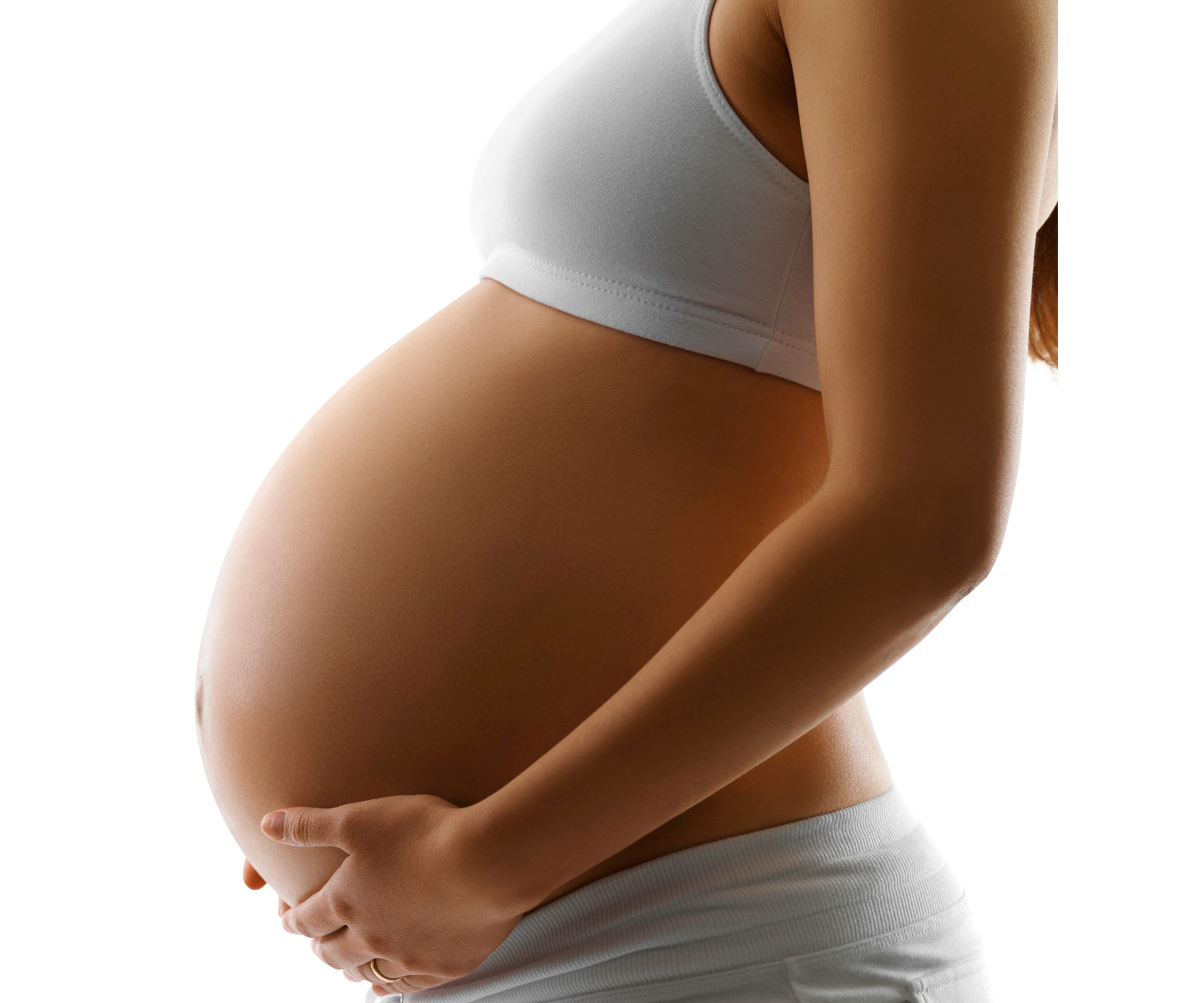Whether you’re experiencing it currently, have been through it, or are close to someone who is, you’ll know that being pregnant comes with a minefield of conflicting nutritional and exercise advice.
In the past, women have been encouraged to smoke (relaxing for the expectant mother), drink Guinness (iron good for the baby), not raise their arms above their heads (could cause the baby’s umbilical cord to become wrapped around its neck) and not watch sport, let alone play it (too exciting for a pregnant woman). More recently, confusion has abounded about everything from cheese and coleslaw to sushi and seafood.
Indeed, it’s perhaps not surprising that research conducted by Adelaide University earlier this year found while 61 per cent of pregnant women believed they were correctly following pregnancy nutrition guidelines, none of the 850 surveyed actually were.
So what are the eating and exercise rules pregnant women in 2015 should follow for the optimum health of mother and baby?
According to New Zealand’s Ministry for Primary Industries, unpasteurised milk as well as soft, unpasteurised cheeses – for example Roquefort – should be avoided. Also off the menu are raw eggs – such as in mousse and homemade mayonnaise – raw meat, raw fish and seafood, oysters and Queen scallops, ready-made salads and coleslaws. So far so fairly obvious. However, also on the ‘don’t eat’ list are raw parsley, hummus, and stuffing cooked inside a bird. There is also an exhaustive list of foods that should only be consumed if heated until steaming hot, including soft pasteurised cheese – such as brie and mozzarella – custard, cooked meat, processed meat, and smoked or cooked seafood and fish.
However, rather than focusing on the ‘banned’ list, nutritionists agree the emphasis should be on what those who are pregnant should be eating, with the latest approach being to tailor diet to each stage of baby’s development.

Runners can generally stay in stride in early pregnancy, but will need to modify their activity as the pregnancy develops.
DIET WATCH
The first trimester, which many spend retching in the toilet, isn’t a time when a balanced diet is at the forefront of the mind. Nutritionist Dr Joanna McMillan believes pregnant women shouldn’t be too hard on themselves: “Be reassured that the body will prioritise nutrients for the baby.” However, she points out this is a period of rapid cell division and development, when the baby’s brain, organs and body are almost completely formed. “The B-group vitamin folate is essential for this process, so ensure you are taking a daily folate [folic acid] supplement,” she says. “Also eat plenty of folate-rich foods such as avocado, legumes, peanuts, hazelnuts and green vegetables.”
Impending motherhood can be daunting and cause anxiety. Foods rich in magnesium such as spinach, nuts, sesame seeds, brown rice, quinoa and dark chocolate regulate the stress hormone cortisol, which in turn generates feelings of calm.
In the second trimester, from week 14 onwards, several nutrients play a critical role in the development of the baby. Calcium is key for bone development.
“If you don’t eat enough calcium, your body will draw it from your own bones and teeth, so it’s essential you consume a sufficient amount in your diet,” says Joanna. Dairy foods are one of the richest sources, and three serves a day is recommended. Those who are not keen on milk, however, can boost their calcium intake with broccoli, kale, cabbage and almonds.
When growing a baby, the body’s need for iron increases from 18mg to 27mg per day. A diet rich in red meat, seafood (cooked), brown poultry meat, legumes, eggs, fortified breakfast cereals, green veges and nuts will help fulfil this requirement. For vegetarians, getting enough iron can be a challenge, so a supplement can be helpful.
Omega-3 fats are also an essential for baby’s nerve, brain and eye development. “Oily fish are without doubt the best source, so try to include salmon, sardines or mackerel a couple of times a week,” says Joanna. “You may also consider a supplement, and vegetarians can take DHA – an algal supplement source
of the most important omega-3 fat for the baby.”
By the third trimester, adding a serving of kale, spinach or silverbeet to meals is a good idea. Full of vitamin K, they will help baby’s blood to clot.
During the last few months of pregnancy it’s not just about what to eat, but when. “As the baby grows significantly during this period, the stomach gets squashed and pushed upwards,” says Joanna. Eating six small meals a day rather than three bigger ones will minimise discomfort but still ensure mum and baby are getting all the nutrients they need.
STAYING ACTIVE
In the past, pregnancy was viewed as an opportunity to put your feet up and avoid any exertion for nine months. Today, experts agree physical activity during gestation is important. And although contact sports like football or boxing are off the agenda, along with scuba diving and high-altitude activities, those carrying a baby don’t necessarily need to give up their favourite exercise.
Among those for whom lacing up a pair of running shoes and hitting their stride is a priority, exercise psychologist Esme Soan says it’s not necessary to stop pounding the pavement just because a bub is on the way. Those who ran regularly prior to pregnancy can continue, even with long distances, in early pregnancy. “But make sure you have enough water and don’t become overheated, because your baby can’t regulate temperature,” she says.
By week 20, breathlessness will likely start to kick in a lot more quickly, and Esme says this is the time to change the intensity of exercise – by switching to a treadmill. “Training indoors usually means an air-conditioned environment and people who can keep an eye on you,” Esme explains. “You can also change your run to a jog or incline walk on the treadmill as your bump grows bigger.”
Fans of cycling are fine to keep riding throughout pregnancy, as long as they remember to stay cool and take plenty of water. But Esme does have some words of caution. “Changes to your centre of gravity as you grow bigger can put your balance off, increasing your risk of a fall,” she says. Switching to a stationary bike might help, but there is also the fact that added body weight can cause saddle soreness.
Many women continue CrossFit workouts in the early weeks; however physiotherapist Renee Taipana warns the intense cardio component can cause overheating. “Skipping, jumping and heavy weights also put pressure on your pelvic floor and may cause loss of bladder control later,” she adds.
Renee suggests asking an exercise physiologist, physiotherapist or pregnancy-certified personal trainer to come up with a suitable exercise plan. “You can still do weight training but lower weights – and add more reps,” she says. “Avoid exercises that involve lying on your back or putting pressure on your abdominal muscles, like sit-ups.
“You can also incorporate strategies to strengthen your pelvic floor, such as squeezing and holding your pelvic floor for eight to 10 seconds as you do squats.”
Netball is fantastic for both camaraderie and cardio, and although it’s fine in the first trimester, Renee believes pregnant women should be benched by about week 16. Not only does the game put extra pressure on pelvic floor muscles, “it can also cause injury to joints and ligaments that are already starting to relax in preparation for childbirth,” she says.
Pregnancy can be a time to try new forms of workouts. Exercising in water is popular because it lightens weight and relieves pressure on both legs and back. “Aquarobics is a safe, low-impact way to get your heartbeat up and provide a bit of resistance training,” says Renee. Swimming laps, using a kickboard or splashing in the surf is beneficial too – within boundaries. “Because your pelvic joints become softer during pregnancy, breaststroke is not recommended for women who have pelvic pain,” says Esme. “It can put pressure on the pubic symphysis joint and make the pain worse.”
Ultimately, it’s about being sensible and finding a regimen that is safe, enjoyable and manageable. “Any exercise is better than none at all,” says Esme. “But 30 minutes of moderate daily aerobic exercise like walking, jogging or swimming, plus resistance training two or three times a week is ideal.”
GOLDEN RULES OF PREGNANCY EXERCISE
Exercise physiologist Esme Soan has the following advice:
Use the ‘talk test’ to avoid overexertion – you should be able to talk while you’re exercising, but unable to sing.
Listen to your body – if you’re in a bit of a slump, it may be time to take a rest day.
Remember that if you spend a little energy, you’ll get more energy back, so even going for a walk or light swim has benefits.
Enlist a training buddy, or sign up for group training or a pregnancy exercise class to keep you motivated.
Always check with your GP, midwife or obstetrician before starting any new exercise while pregnant.
Go to foodsmart.govt.nz for a list of foods that are safe to eat in pregnancy.
Words by Catherine Stephens and Bauersyndication.com
Photos by Alamy and Getty Images


